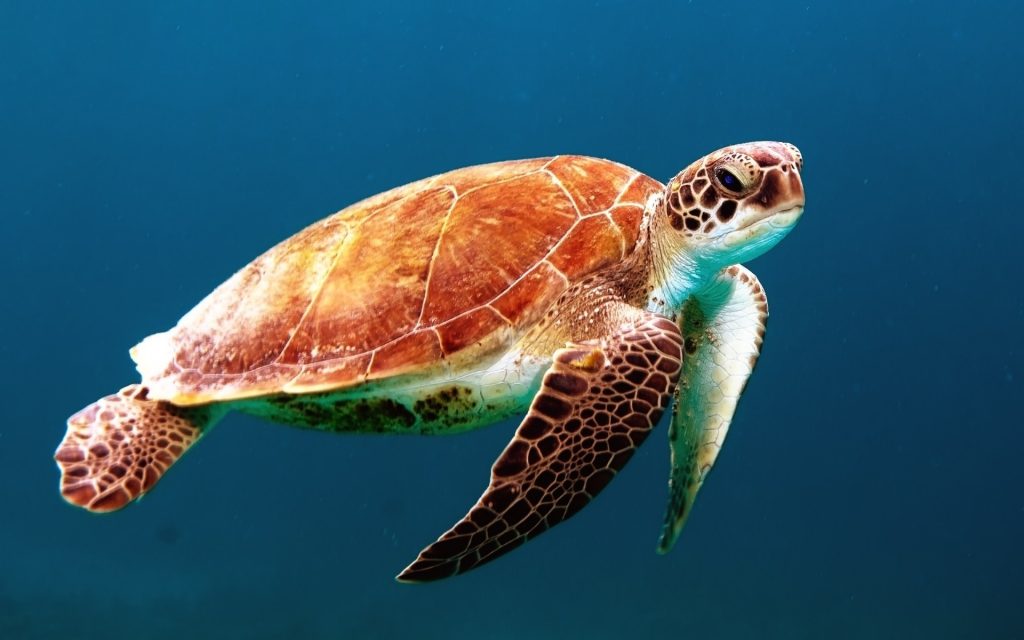10 Species At High Risk Of Extinction Due To Climate Change

The Last Roar
Climate change is affecting the planet in numerous ways, from rising sea levels to extreme weather events. One of the most devastating effects of this phenomenon is the impact on wildlife. The World Wildlife Fund estimates that climate change is one of the biggest threats to biodiversity, putting numerous animal species at risk of extinction. Here are ten species that are at high risk of extinction due to man-made climate change, along with the reasons why.
Polar Bear
Polar bears are icons of the Arctic and rely on sea ice for hunting. However, as the Earth’s temperature rises, their habitat is disappearing. According to a study published in Nature Climate Change, the Arctic sea ice has been declining at a rate of 13.3% per decade since 1979, which is likely to continue. This leaves polar bears with less access to food and makes it harder for them to find mates. As a result, their population has declined by 30% over the past three decades.
African Elephant
African elephants are one of the largest land animals in the world, but they are also threatened by climate change. Increasing heat waves and droughts are impacting their food and water supply, while extreme weather events such as floods can also harm their health. In some parts of Africa, temperatures are projected to increase by up to 3.6°C by the end of the century, which could result in the loss of up to 50% of elephant habitat.
Koala
Koalas are native to Australia and are known for their distinctive appearance and adorable demeanor. However, as temperatures rise, the eucalyptus leaves that make up their primary food source become less nutritious and harder to digest. This leads to malnourishment and disease, and can impact koala populations. In fact, a study published in Global Change Biology found that koala populations in some areas have declined by up to 80% due to climate change and other factors.
Leatherback Sea Turtle
Leatherback sea turtles are the largest of all living sea turtles, but their population is declining rapidly due to climate change. Changes in ocean temperatures and rising sea levels can affect the availability of their food and nesting grounds. A study published in Nature Climate Change found that a rise in sea levels of just 0.5 meters could cause a 7% decline in leatherback sea turtle nesting sites in the Caribbean.
Snow Leopard
Snow leopards are one of the most elusive and beautiful animals on the planet, but they are also threatened by climate change. Warmer temperatures can push their habitat higher up the mountains, reducing available prey and making it difficult to find a mate. According to a report by the International Union for Conservation of Nature (IUCN), the snow leopard’s habitat has declined by 20% over the past two decades, putting their population at risk.
Mountain Gorilla
Mountain gorillas are one of the rarest and most endangered animals in the world, and climate change is making their situation even worse. Climate change can alter the vegetation and distribution of their food sources, leading to a decline in their population. According to a study published in Biological Conservation, climate change could reduce the gorilla’s range by up to 50% by the end of the century.
Monarch Butterfly
The monarch butterfly is a beautiful and iconic species, but it is also at risk of extinction due to climate change. Extreme weather events and changes in temperature can disrupt their migration patterns and reduce the availability of milkweed plants for reproduction. A study published in the journal Nature Climate Change found that the monarch butterfly population has declined by 80% over the past two decades due to climate change, habitat loss, and pesticide use.
Blue Whale
The blue whale is the largest animal on the planet, but even this giant is not immune to the effects of climate change. Changes in ocean temperatures can affect the distribution and abundance of krill, their primary food source. A study published in the journal Marine Ecology Progress Series found that a 1°C increase in sea surface temperature could reduce the abundance of krill in the Southern Ocean by up to 20%, which could impact the survival of blue whales and other krill-dependent species.
Bengal Tiger
The Bengal tiger is one of the most majestic animals in the world, but it is also at risk of extinction due to climate change. Rising sea levels can lead to the flooding of their habitat and a decline in prey populations. According to a study published in the journal Nature Climate Change, the Sundarbans, which is home to the largest population of Bengal tigers in the world, is at risk of losing up to 75% of its habitat by 2070 due to sea level rise.
Harp Seal
The harp seal is a cute and fluffy animal that lives in the Arctic, but it is also at risk of extinction due to climate change. Changes in sea ice cover and timing can impact their ability to find food and successfully reproduce. A study published in the journal Proceedings of the Royal Society B found that the harp seal population in the Northwest Atlantic has declined by up to 80% over the past three decades due to changes in sea ice conditions.
In conclusion, these ten species are just a small sample of the many animals that are at risk of extinction due to climate change. The World Wildlife Fund estimates that up to one-third of all species could be at risk of extinction by 2100 if we do not take action to address climate change. It is up to all of us to take steps to reduce our carbon footprint and protect the planet’s biodiversity before it is too late.
Have your say on the MyGreenFriends forum.





